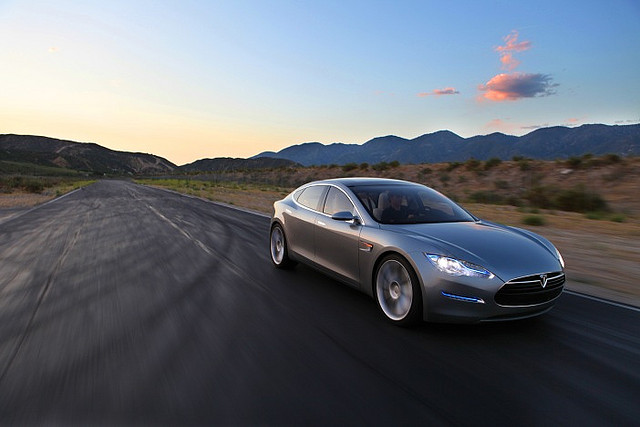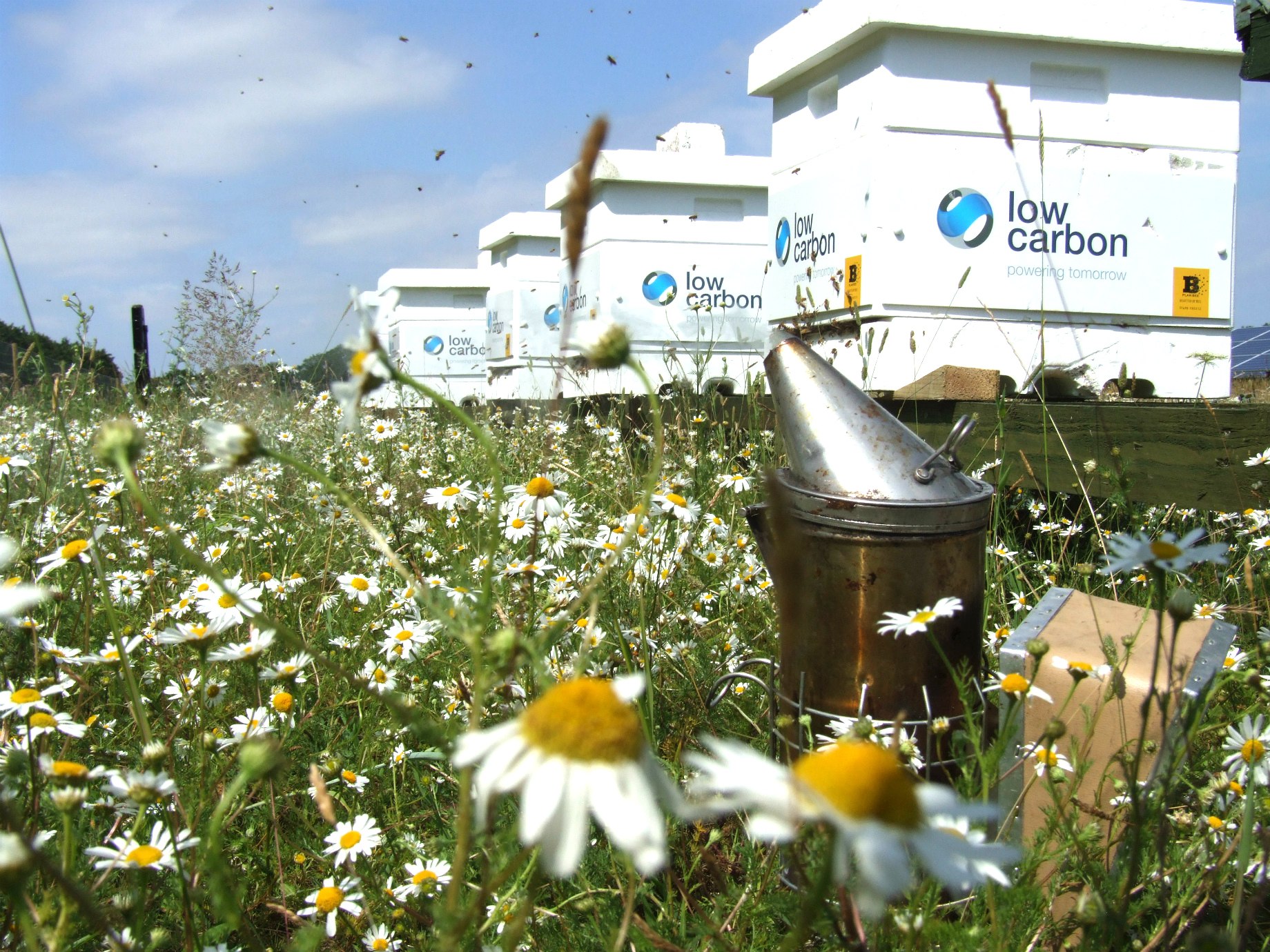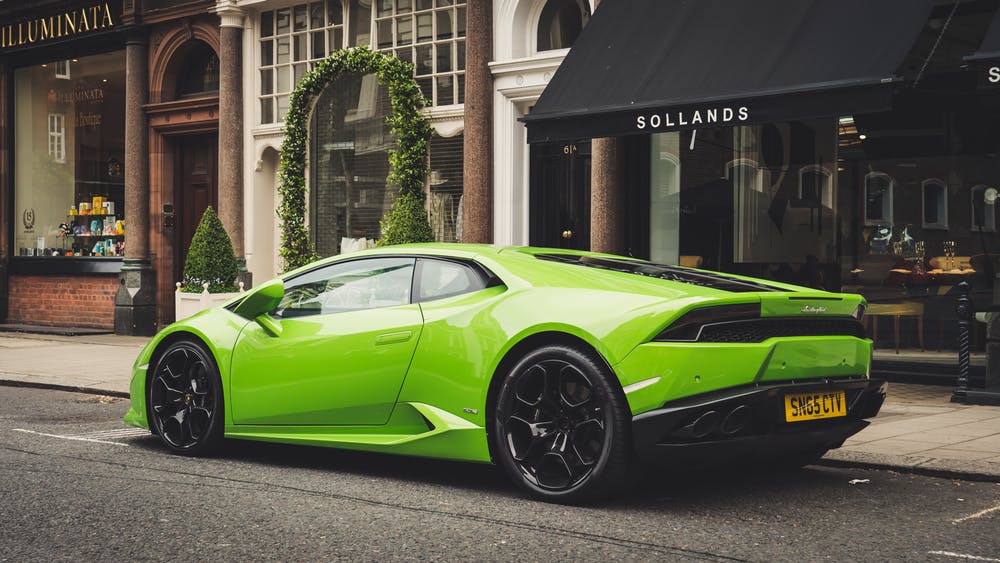

In a press release recently published, Tesla Motors announced that its Model S has achieved the highest safety rating ever awarded by the National Highway Traffic Safety Administration (NHTSA). Not only has the Tesla Model S achieved a 5-star safety rating in overall score as well as in every subcategory, but it has attained a new combined record of 5.4 stars in the overall Vehicle Safety Score (VSS). This is in spite of crash test methodologies being made more rigorous since 2011.
According to the press release, only one percent of all cars subjected under federal government testing achieve a score of 5 stars across the board. NHTSA itself does not publish a rating above 5 stars. But the Tesla Model S has set a new record due to its possessing the lowest likelihood of injury to occupants. Even though the Model S is a sedan, it managed to exceed the safety scores of SUVs and minivans as well. Its safety score takes into account the possibility of a variety of injuries – from the front, rear, side, and rollover accidents.
Its makers attribute its stellar safety score to several important structural points:
“The Model S has the advantage in the front of not having a large gasoline engine block, thus creating a much longer crumple zone to absorb a high speed impact. This is fundamentally a force over distance problem – the longer the crumple zone, the more time there is to slow down occupants at g loads that do not cause injuries… The Model S motor is only about a foot in diameter and is mounted close to the rear axle, and the front section that would normally contain a gasoline engine is used for a second trunk.”
Regarding accidents coming from side directions, “For the side pole intrusion test, considered one of the most difficult to pass, the Model S was the only car in the “good” category among the other top one percent of vehicles tested. Compared to the Volvo S60, which is also 5-star rated in all categories, the Model S preserved 63.5 percent of driver residual space vs. 7.8 percent for the Volvo. Tesla achieved this outcome by nesting multiple deep aluminum extrusions in the side rail of the car that absorb the impact energy (a similar approach was used by the Apollo Lunar Lander) and transfer load to the rest of the vehicle. This causes the pole to be either sheared off or to stop the car before the pole hits an occupant.”
Tesla says of the results from the rear crash tests, “The rear crash testing was particularly important, given the optional third row children’s seat. For this, Tesla factory installs a double bumper if the third row seat is ordered. This was needed in order to protect against a highway speed impact in the rear with no permanently disabling injury to the third row occupants. The third row is already the safest location in the car for frontal or side injuries.”
For the rollover test, Tesla says the Model S refused to roll over at all using the ‘normal methods’ of the test. “During testing at an independent facility, the Model S refused to turn over via the normal methods and special means were needed to induce the car to roll. The reason for such a good outcome is that the battery pack is mounted below the floor pan, providing a very low center of gravity, which simultaneously ensures exceptional handling and safety.”
Impressively, the Model S reportedly ‘broke’ the testing machine for the roof crush protection validation. The testing machine failed above the load of 4 g’s. What is clear is that four additional fully loaded Model S vehicles can be placed above the Model S without its roof caving in. Tesla attributes this to “a center (B) pillar reinforcement attached via aerospace grade bolts.”
Additionally, “The Model S lithium-ion battery did not catch fire at any time before, during or after the NHTSA testing.” Tesla stated that it retested the determined weakest points in the car until the Model S achieved a 5 star score no matter the test equipment configuration.
The Tesla Model S offers other benefits aside from its high safety scores. It boasts 300 miles of range (at 55 MPH) on its largest 85 kWh battery. According to its calculations, driving a Model S for 30 km will save an owner more than $4,000 in fuel savings than driving an oil-fueled premium sedan over the same distance. Not to mention saving the planet from fossil fuel emissions. Tesla points out the fact that the electricity it uses can be sourced from renewable sources like solar, geothermal, biomass, and others. The Model S is also equipped with features to help it get more power out of its electric juice. While only 20-25% of the potential energy in gas gets converted to actually turn the wheels, the Tesla’s powertrain is about three times more efficient. It is also equipped with Regenerative Braking which recaptures energy when slowing down or going downhill.
The Model S runs on a three-phase AC induction motor and can be charged via public stations, 240 volt outlets, or through its Supercharger which refills more than half the car battery in about half an hour. Its batteries come in 60, 85, and P85 kWh power and performance, with the P85 capable of hitting 0 to 60 mph in 4.2 seconds.The company claims that the Model S is the most aerodynamic sedan in its class. In one of its featured pages, the company shares that the 85kWh battery equipped Model S set a new record for EV range by achieving a 2-cycle range of 320 miles (based on the old EPA test) and a 5-cycle range of 265 miles (based on the newer procedure). The company offers a range of additional options and features for the vehicle through an additional tech package such as smart air suspension, parking sensors, a GPS enabled Homelink, and onboard North America maps and navigation.
According to Huffpost Tech, the Model S has a base price of more than $62,000 after federal tax credit. Tesla offers incentives from $7,500 to $15,000 for its Model S customers, depending on states.



